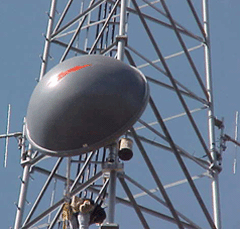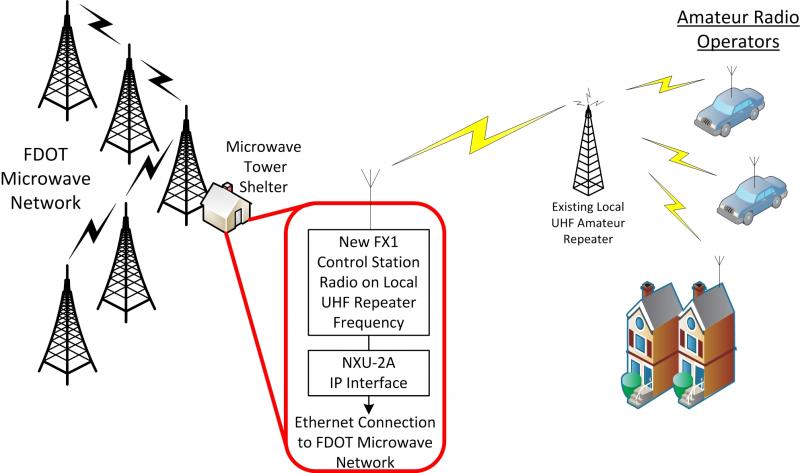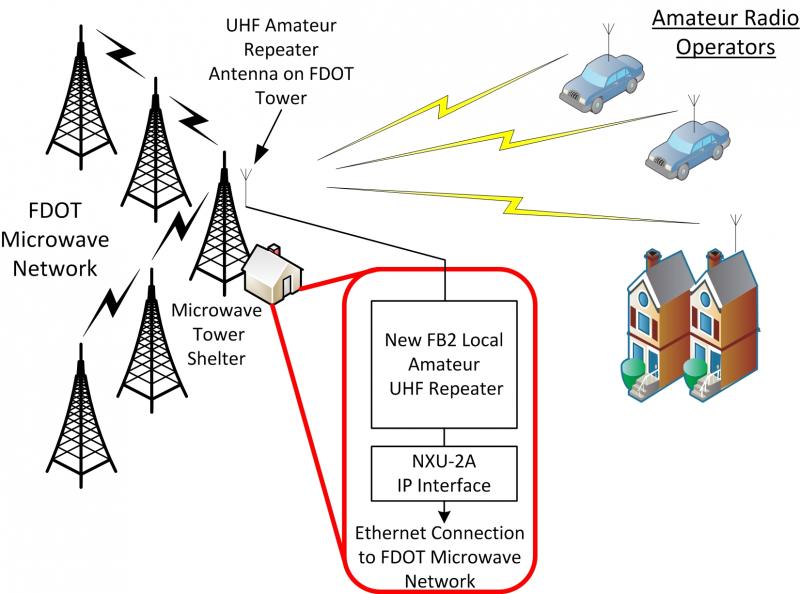|
How SARnet Works...
A SARnet local UHF repeater in your area is connected to other SARnet sites using a microwave radio network operated by the Florida Department of Transportation. The key to why SARnet works so well is that instead of using the internet, it uses dedicated bandwidth on a private microwave network. Slot Deposit Qris How to use SARnet... One of the great things about SARnet is that as an amateur radio operator you don't have to do anything different to use SARnet. When you key your radio on the frequency of a local repeater connected to SARnet, you are automatically talking on SARnet, all across the state of Florida! The only thing you need to do is keep track of the UHF repeaters in the state that are connected to SARnet so when you are traveling you will be able to find a SARnet repeater. Sabung Ayam Online PLEASE NOTE: In general, long conversations and rag-chews are discouraged on SARnet. The network voice radio usage models that the FDOT is trying to investigate are short efficient communications between users (think professional public safety radio transactions). In addition, during long conversations you are activating SARnet repeaters all over the state for an extended period of time, subjecting a state full of your fellow hams to rag-chews that they may not have an interest in. In particular, long local conversations are encouraged to move off of SARnet and onto another repeater that does not activate SARnet. Demo Mahjong The SARnet team has given two presentations on the system at recent Hamcation events. To see these presentations click on the links below: 2015 Hamcation Presentation 2017 Hamcation Presentation 2019 Hamcation Presentation |
How SARnet Really Works.....the Details.......
To help the FDOT identify what SARnet radio equipment is present at their microwave tower locations, SARnet sites are categorized by the way they are hardwired to the FDOT SARnet network equipment at those microwave tower locations. This hardwire connection is accomplished in one of two ways at the microwave tower: via a control station radio or via a repeater radio itself. To distinguish between the two types of equipment, and use terms familiar to the FDOT, the SARnet administrators use the station class codes defined by the FCC in Form 601 to distinguish between the two types of radios. The FCC calls a repeater an FB2 and calls a control station radio an FX1. If you want to learn more about the station class codes see page 78 of the FCC Form 601 instructions. The station class code for each SARnet site is given on the system status page, next to the site name.
To help the FDOT identify what SARnet radio equipment is present at their microwave tower locations, SARnet sites are categorized by the way they are hardwired to the FDOT SARnet network equipment at those microwave tower locations. This hardwire connection is accomplished in one of two ways at the microwave tower: via a control station radio or via a repeater radio itself. To distinguish between the two types of equipment, and use terms familiar to the FDOT, the SARnet administrators use the station class codes defined by the FCC in Form 601 to distinguish between the two types of radios. The FCC calls a repeater an FB2 and calls a control station radio an FX1. If you want to learn more about the station class codes see page 78 of the FCC Form 601 instructions. The station class code for each SARnet site is given on the system status page, next to the site name.
Hardwiring to SARnet
|
Hardwiring to SARnet
|


